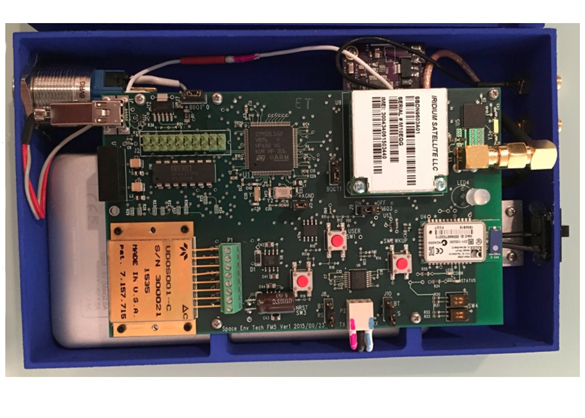ARMAS Suborbital
PI: W Kent Tobiska, Space Environment Technologies (SPACEWX)
PI: W Kent Tobiska, Space Environment Technologies (SPACEWX)

- TA06 Human Health, Life Support and Habitation Systems
This effort will capture the total ionizing dose (TID) from the surface to LEO in two suborbital flights. This altitude range is important for validating NAIRAS and demonstrating TID utility in data assimilation for operational use. Global TID measurements, anywhere and anytime, will ultimately serve aircrew, high-altitude pilots, frequent flyers, and commercial space travelers who all face GCR and other radiation hazards. These hazards begin at commercial aviation altitudes, i.e., 26,000 ft. or 8 km and extend into LEO.
Objectives: Fly at least two flights to 100km. Retrieve dose data in real time (Bluetooth link to app) and record archival data. Process retrieved dose data using SET servers. Produce level 4 data products and provide for NAIRAS improvement.
Technology Details
-
Selection DateREDDI-F1-18 (Aug 2018)
-
Program StatusActive
- 0 sRLV
Development Team
-
PIW Kent Tobiska
-
Organization
-
SponsorNASA

